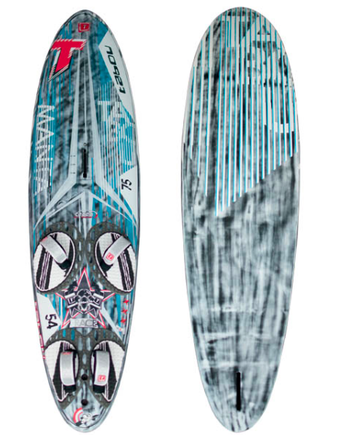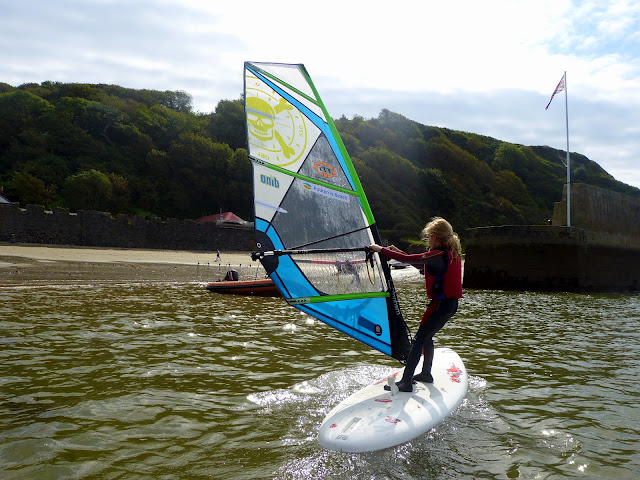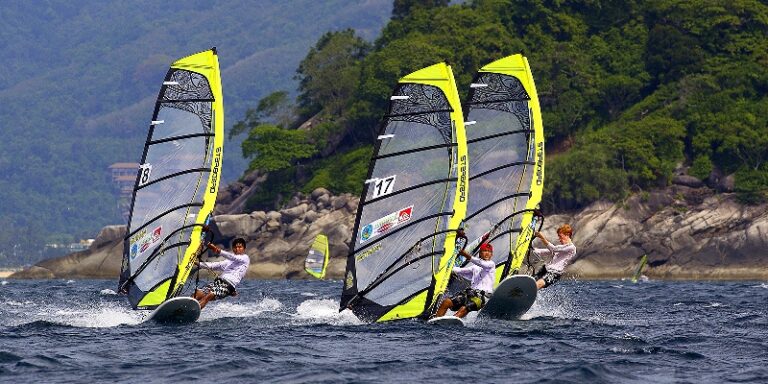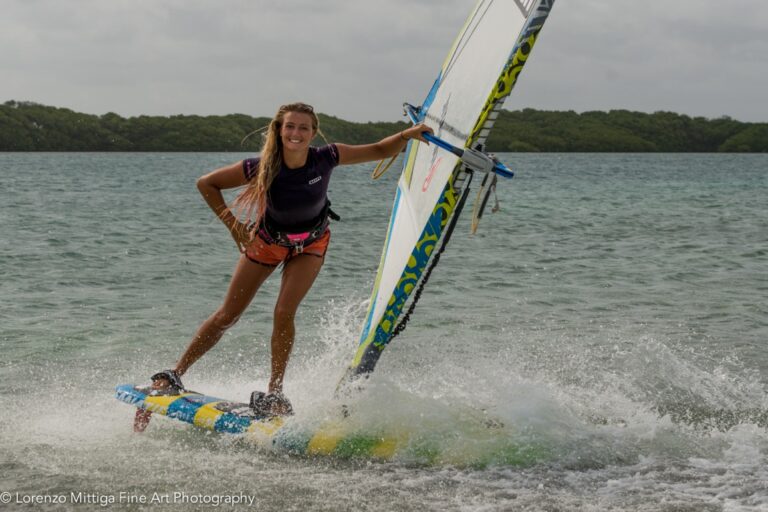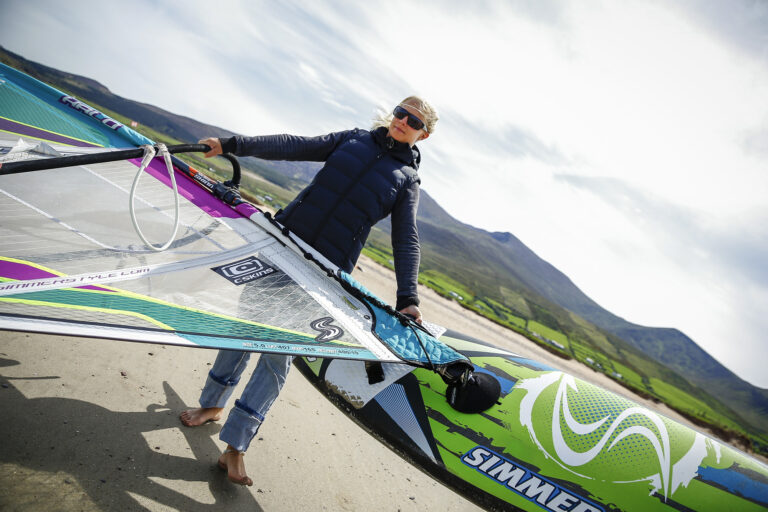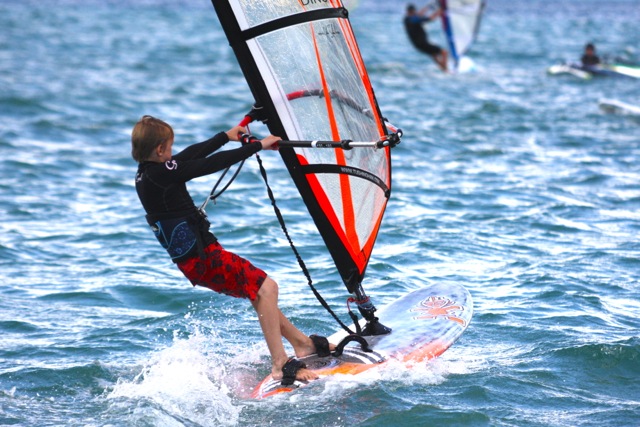With modern equipment, 40 knots is now a realistically attainable speed for any ambitious and competent freeride sailor. So, why not give some purpose to all that blasting about, spice up your windsurfing and make this your next big windsurfing goal?
Adrian Jones and his test Clones test out four dedicated speed boards that will help you on your way, but first they give us a few pointers to get us up to speed…
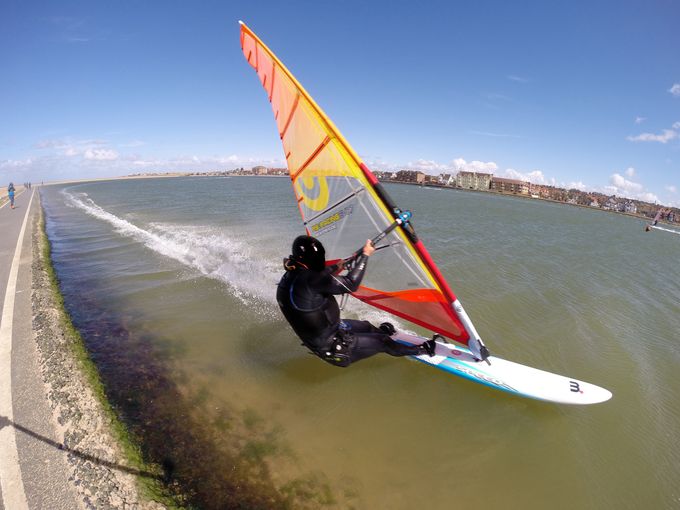
[series align=’left’ future=”show”]Like carve gybing and forward looping, breaking 40 knots on a windsurfing board is one of those monumental barriers that many windsurfer dreams of achieving.
10 years ago, breaking 40 knots would have required the skills of a pro rider, the storm of the century, a dedicated speed canal and most likely some custom gear to boot. But nowadays, 40 knots is genuinely achievable for a good freeride sailor with the right conditions, location and equipment.
HOW GOOD DO I HAVE TO BE?
Well, let me repeat that again…
And the great thing is that if you are still struggling to crack the carve gybe, don’t worry, you don’t need gybe! If you can’t tack a short board, don’t worry, you don’t need to do that either! But what you do need to be able to do is waterstart, get a small board planing and then handle an overpowered rig. If you can do that, you’re qualified to start!
Sailing fast on freeride gear in choppy water is actually in many ways a lot harder than doing a 40 knot speed run on flat water. That’s not to belittle what skill it takes to get the top speeds, but the fact the water is so flat means you are often in a lot more control than on choppy water. If you can sail a freeride board at speed in chop, you should have no real dramas on a proper speed course.
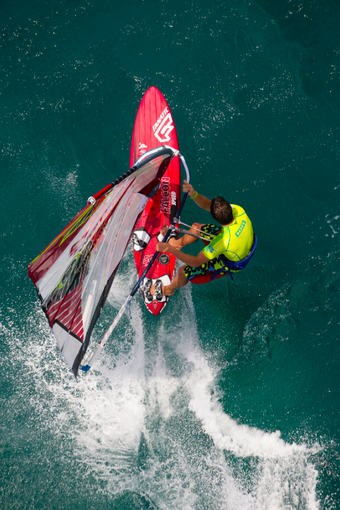
CONDITIONS AND LOCATION
The first two are easy. You clearly need plenty of wind –windy enough for people to be freesailing on 4-4.5m sails and then you need some properly flat water…the kind you find at West Kirby or the Ray, etc. Steve Thorp has produced an excellent run-down on many of the best UK speed locations on his website.
So, once you have the weather and location sorted, you next need the right equipment for the job. But what is the right equipment?
WHICH GPS?
Well first of all, you need a GPS. The windsurfing standard has been the GT-31, but this is about to be superseded by the new GW-52. Without a GPS you honestly have no clue how fast you are going. I spent 20 years sailing slalom gear on the sea, thinking I was going pretty quick. A few sessions with a GPS and I quickly realized that if anyone is going over 30 knots at any point on open sea, then you should probably quit your day job and join the PWA right away! To get near 40 knots, you need artificially flat water and dedicated speed equipment.
WHAT RIG?
You certainly need a decent rig. A twin-cam will be fine to start with, but to break 40 knots, realistically, you will need a fully cammed ‘race’ rig. Testing head to head, we found the race rigs were at least 3 knots quicker at top-end than a twin cam.
The bigger the sail, the harder it is to achieve a top speed. If you are aiming for 40 knots, you will probably want to be on something smaller than 6.5m to give yourself a fighting chance. A 5.5m would be the ideal, but of course you need some serious wind for these to get into their working range – free sailors will be on 3.5-4.0m sails, when you are starting to clock decent speeds on a 5.5m, so you may want to look at something around the 6.0m mark as a good starting point.
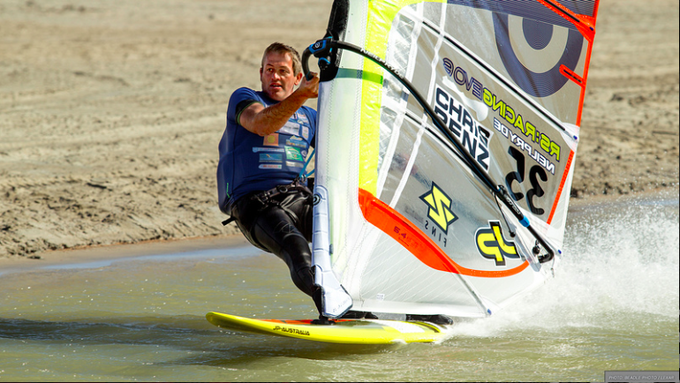
WHAT BOARD?
Unless your name is Bjorn Dunkerbeck or Antoine Albeau, you’re really not going to achieve 40 knots unless you are on a dedicated speed board. Honestly, you’re not. So if you are serious about doing 40 knots, bite the bullet and get yourself a speed board. I promise, you are going to love it!
Luckily there is a decent amount of choice out there. Sticking with the production theme, pretty much all the main brands include speed boards within their range. The largest of these is usually around 50cm wide and the smaller ones in the low 40cm’s. To start with, you should be looking at the larger size, which conveniently are the boards we have tested and will be talking about over the next few days!
Now before you think that you might be getting carried away in the moment a bit too much and that these boards are way too specialized and difficult to sail, let me assure you that they are not. They really aren’t!
First off the sail range. These boards are good up to 7.0m sails and in skilled hands even up to 7.8m. At the top end you can go as small as you like, but 5.5m is probably the sensible limit. We have been testing these boards mostly with 6.4m sails and they are extremely comfortable and dare I say relatively easy to sail with this. They don’t feel alien at all; just like a small slalom board really.
If you can gybe consistently, you will have a lot of fun gybing them. If you are a nimble at tacking, you can tack them back upwind. They are after all, not much smaller than a small wave board in terms of volume.
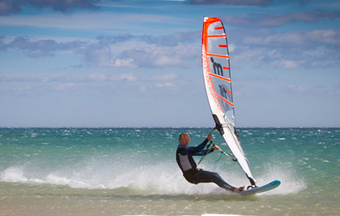
We sailed them on the open sea on 5.5m sails and again, were blown away by just how useable they were. For sure, they were too fast and lacked enough control to be pointed right off the wind in chop (unless you had a death wish), but you could sail back and forth gybing at each end until your hearts content. Remember those old videos of Laird Hamilton jumping his speed board in big waves on Maui…? Well let’s not get too carried away, but it’s all possible!
Of course, some of the boards were more suited than others for different purposes and that is exactly what we will be discussing over the next few days as we put the Fanatic, JP, Mistral and Tabou to the test! Stay tuned and if you have any questions, stick them on the forum and I will try to answer them!
Thank you to:
NeilPryde Sails and Black Project Fins for supplying equipment to conduct this test with. NeilPryde supplied us with their RS RACING EVO 7 sails and Black Project with their much-acclaimed S Type 22cm and 26.5cm fins. Keep an eye out for or an upcoming interview with Black Projects, Chris Freeman who will be telling us everything we need to know about speed fins.
The Boards
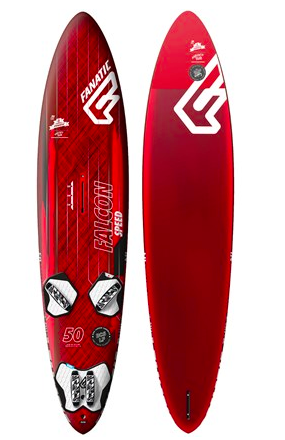
FANATIC FALCON SPEED
Length – 230cm
Max Width – 49.8cm
30cm Width – 32cm
Track from tail – 121cm
Volume – 68
Weight – 4.76kg
More about the Fanatic Falcon.
JP Australia SPEED
Length – 228cm
Max Width – 50cm
30cm Width – 31.5cm
Track from tail – 123.8cm
Volume – 64
Weight – 4.9kg
More about the JP Australia Speed.
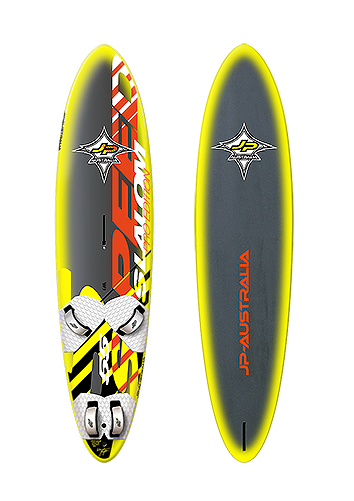
MISTRAL SPEED
Length – 244cm
Max Width – 46.6cm
30cm Width – 27.6cm
Track from tail – 118cm
Volume – 73
Weight – 5.53kg
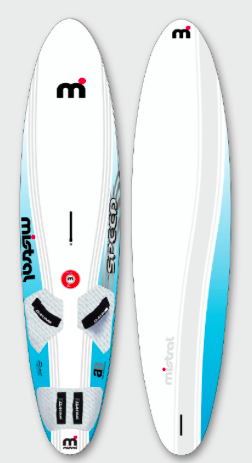
TABOU MANTA SPEED
Length – 228cm
Max Width – 48cm
30cm Width – 30cm
Track from tail – 121.5
Volume – 64
Weight – 5.42kg
More about the Tabou Manta Speed.
